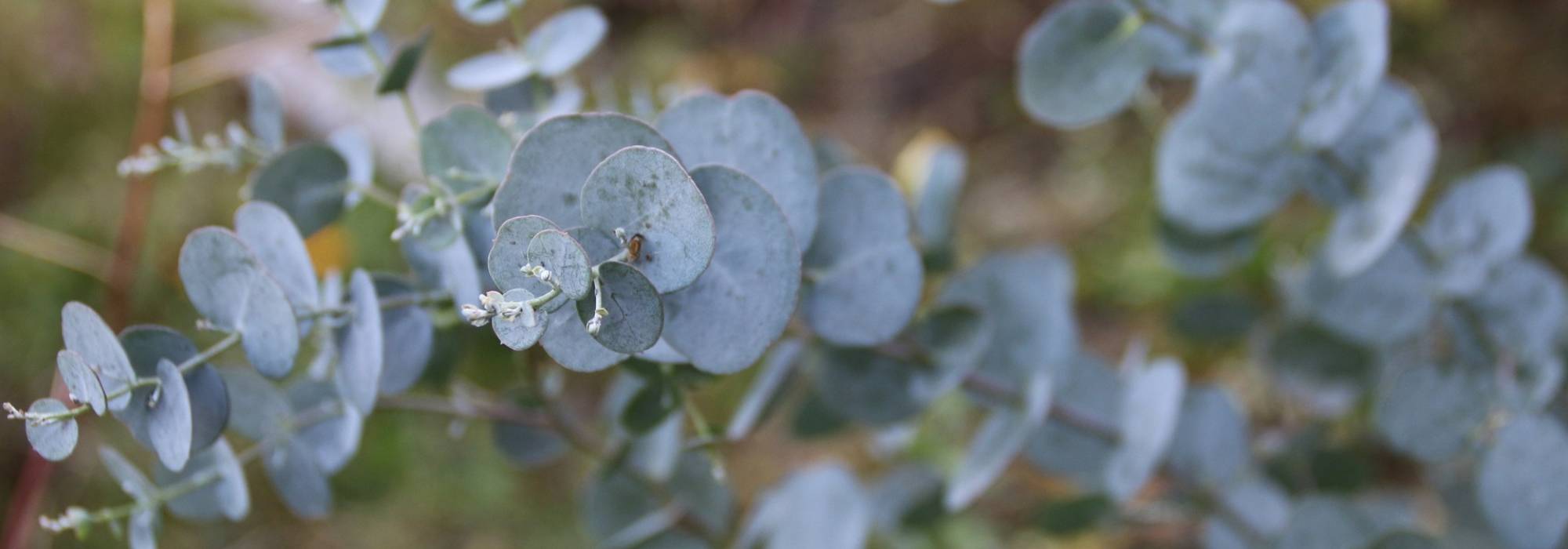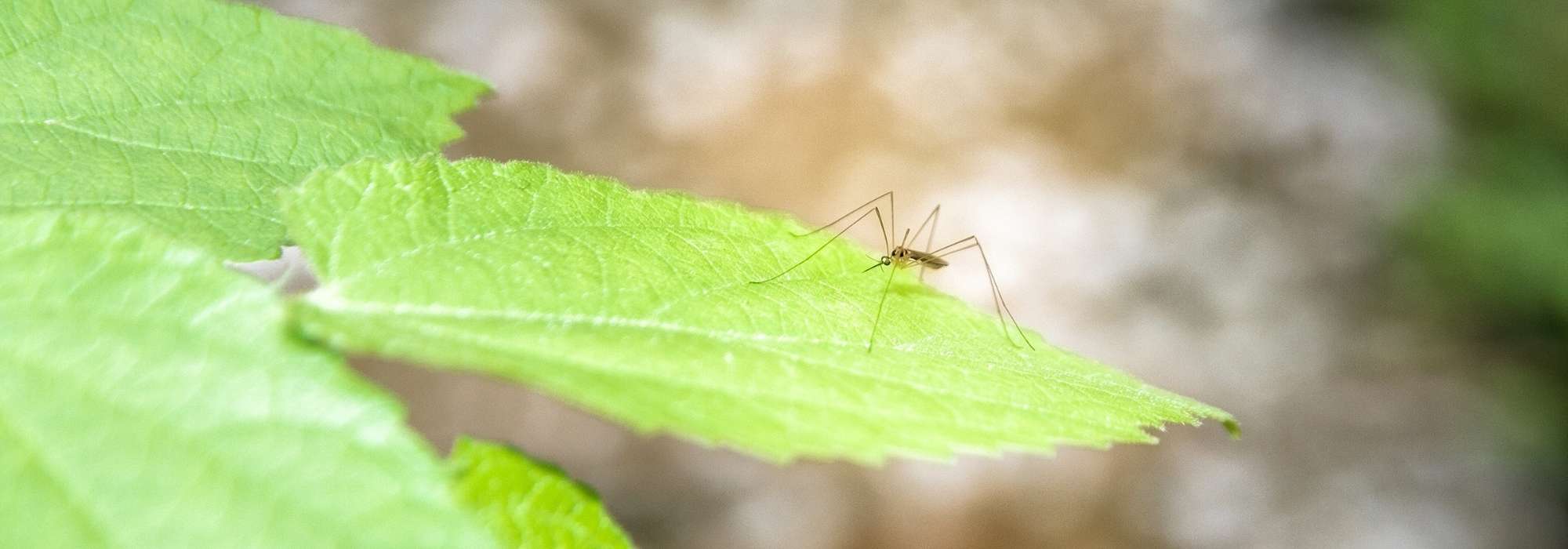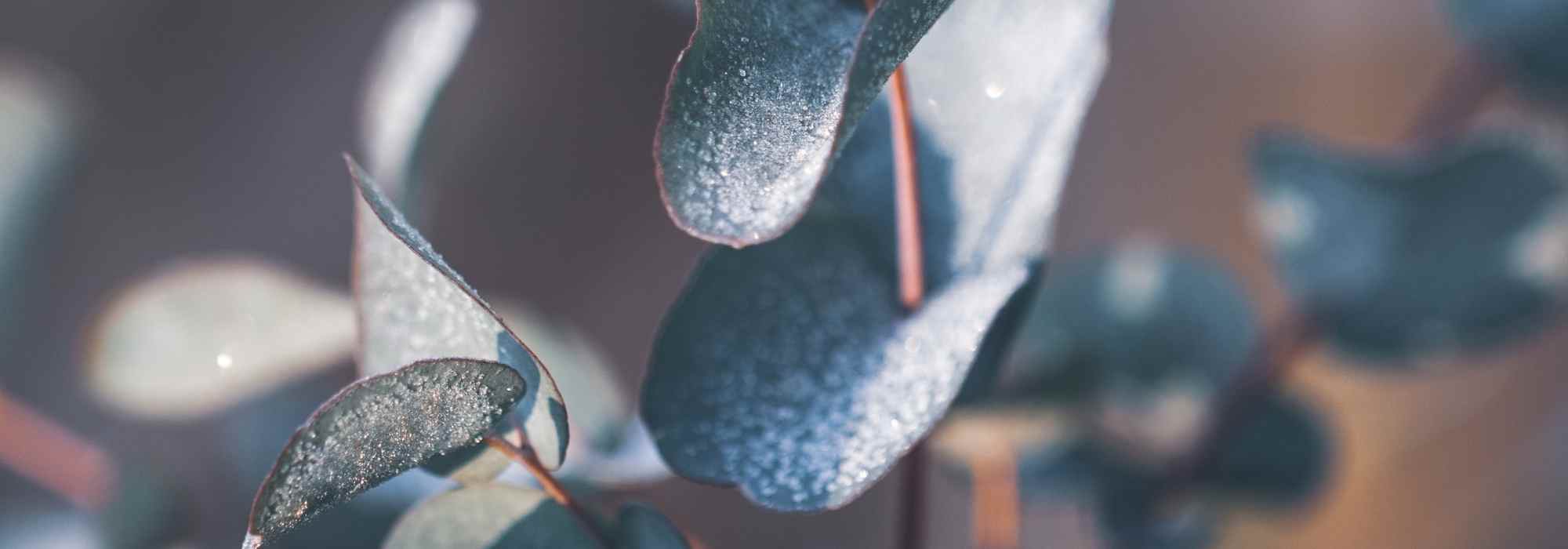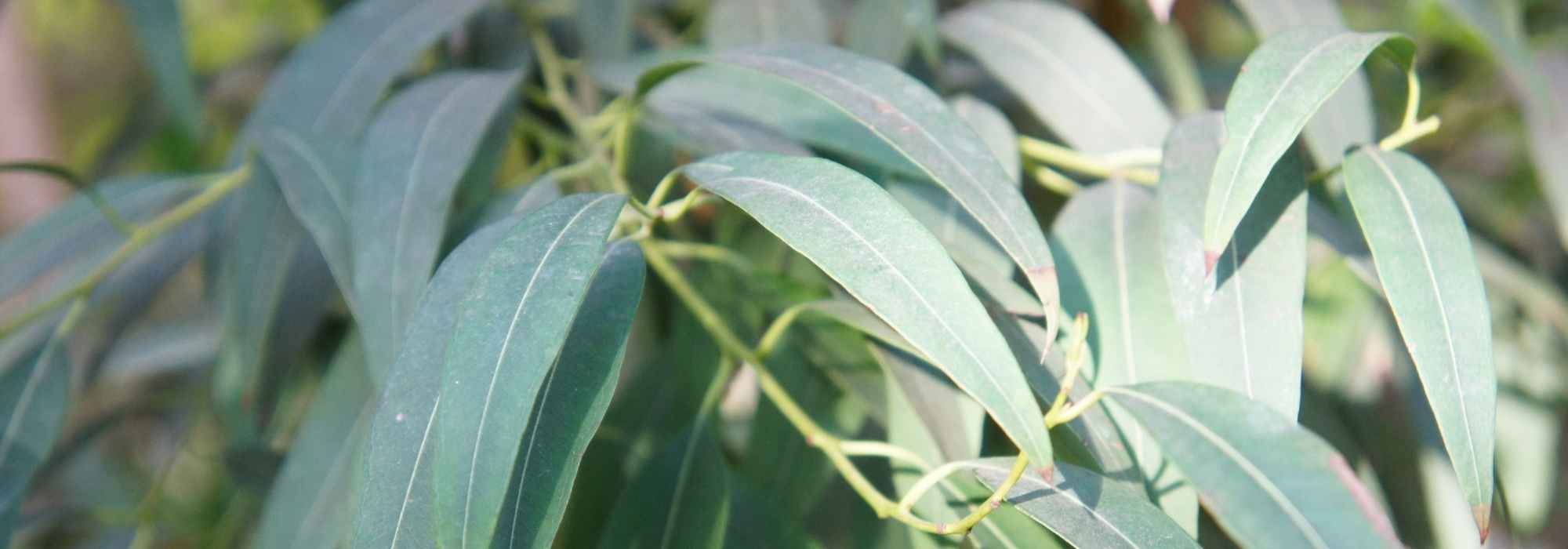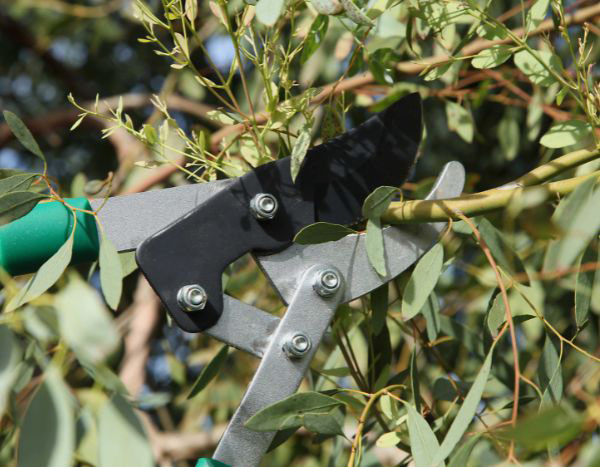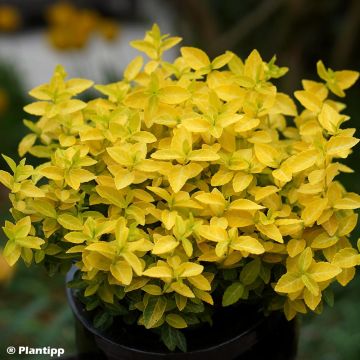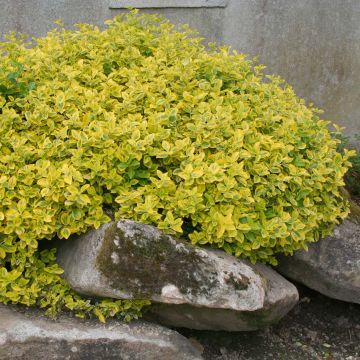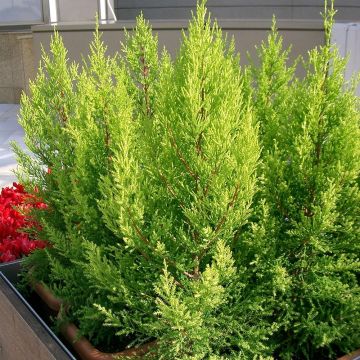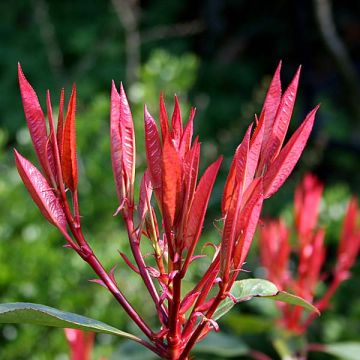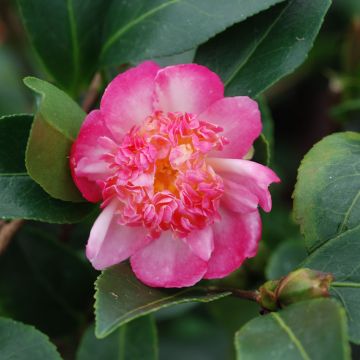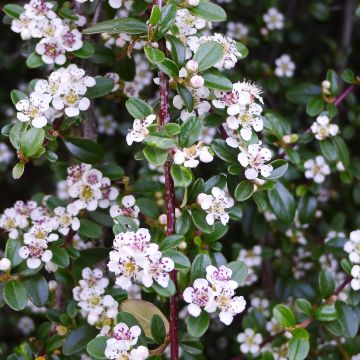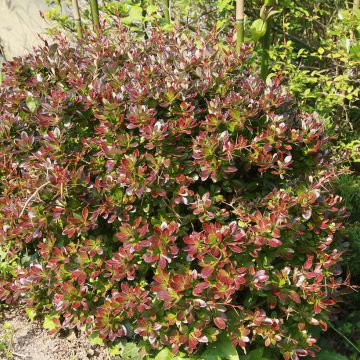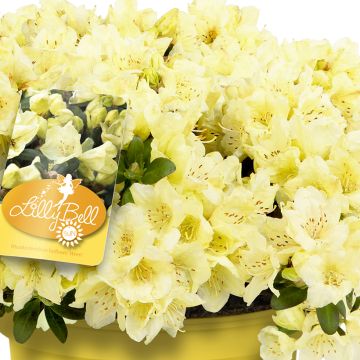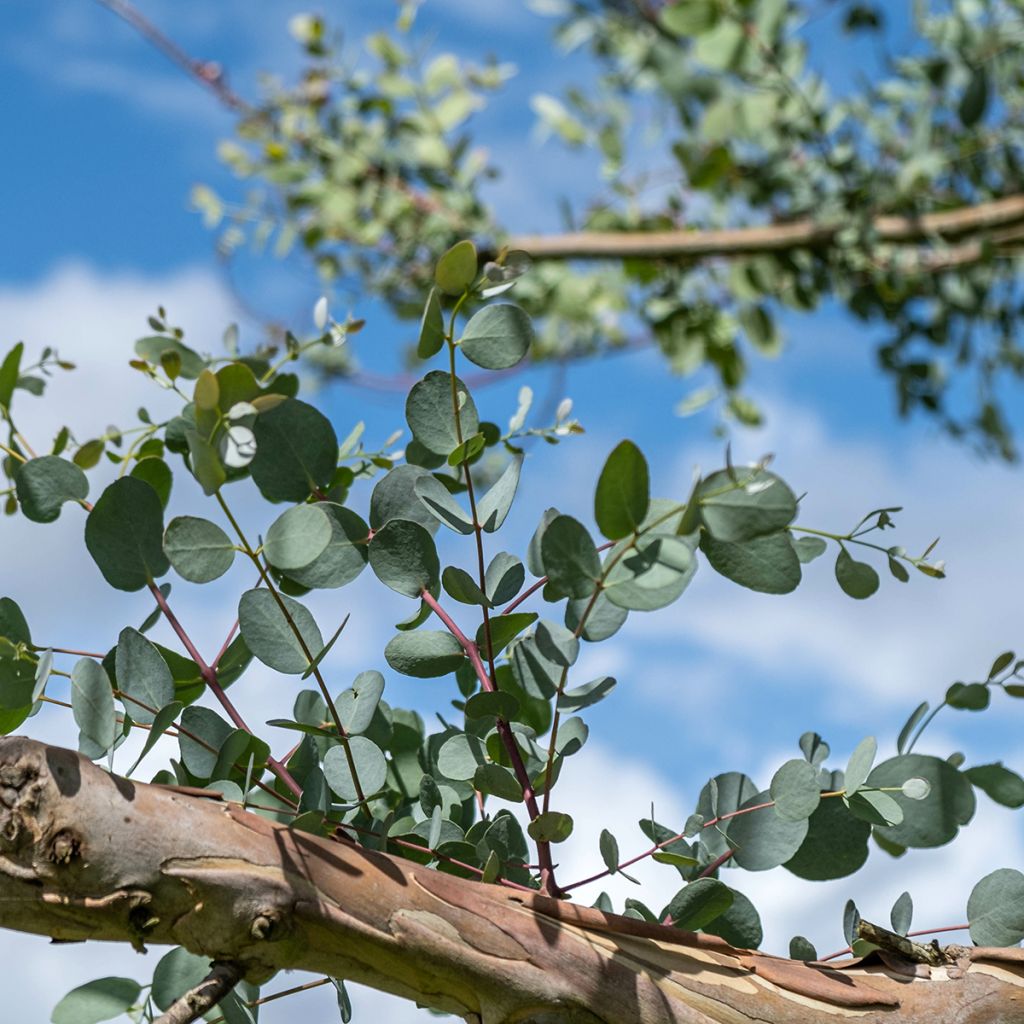

Eucalyptus gunnii subsp. divaricata
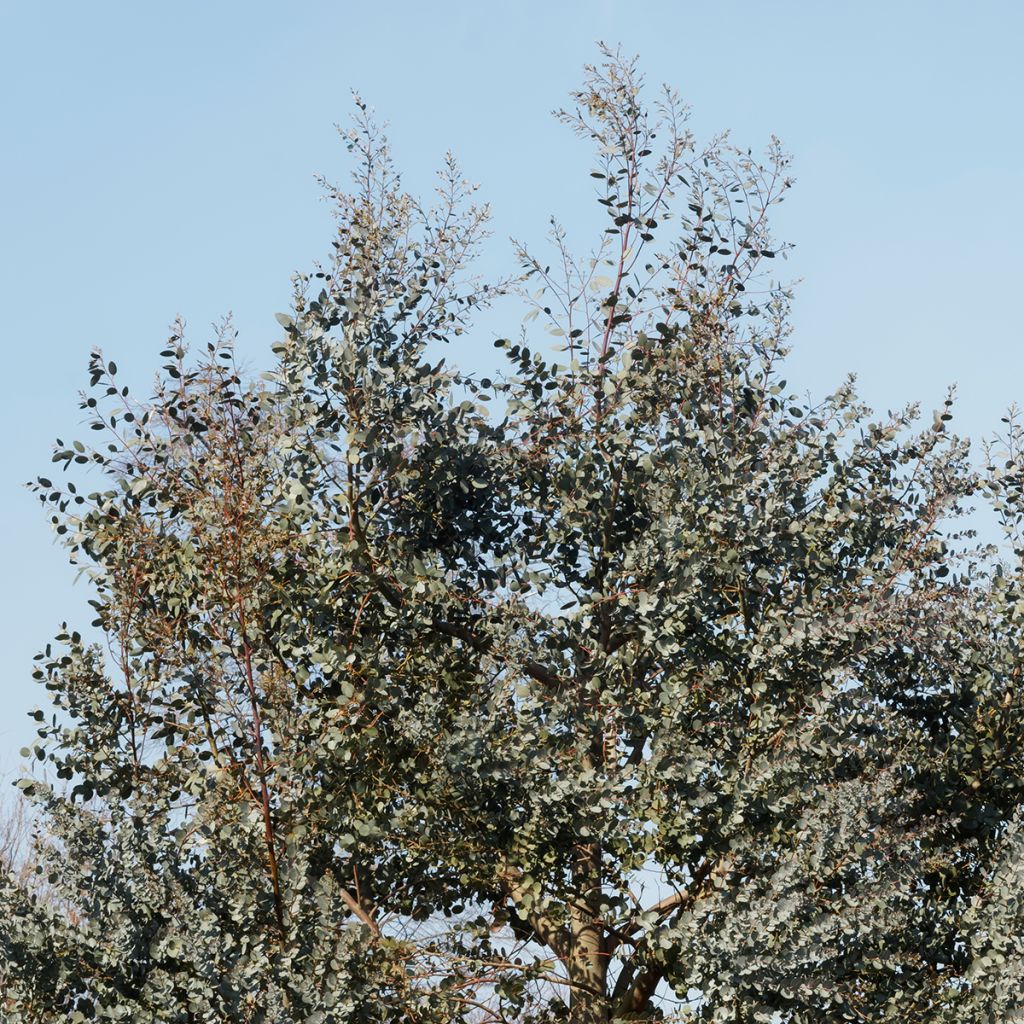

Eucalyptus gunnii subsp. divaricata
Eucalyptus gunnii subsp. divaricata
Eucalyptus gunnii subsp divaricata
miena Cider Gum
Special offer!
Receive a €20 voucher for any order over €90 (excluding delivery costs, credit notes, and plastic-free options)!
1- Add your favorite plants to your cart.
2- Once you have reached €90, confirm your order (you can even choose the delivery date!).
3- As soon as your order is shipped, you will receive an email containing your voucher code, valid for 3 months (90 days).
Your voucher is unique and can only be used once, for any order with a minimum value of €20, excluding delivery costs.
Can be combined with other current offers, non-divisible and non-refundable.
Home or relay delivery (depending on size and destination)
Schedule delivery date,
and select date in basket
This plant carries a 24 months recovery warranty
More information
We guarantee the quality of our plants for a full growing cycle, and will replace at our expense any plant that fails to recover under normal climatic and planting conditions.
Does this plant fit my garden?
Set up your Plantfit profile →
Description
Eucalyptus gunnii subsp. divaricata is a tree endemic to the central plateau of Tasmania, also known as Miena Cider Gum. It stands out with its good capabilities to withstand the cold (down to - 15°C (59 °F)), to endure harsh climate conditions and to adapt to wet soils. With a graceful and balanced habit, it is an evergreen tree, highly evolving over the seasons and years. It is also appreciated for its lovely cottony-looking white flowers, often in winter, and its bark softly marbled with grey, tinged with pink or orange which peel off in strips. Tolerating pruning well, it forms on one or several trunks depending on the desired architecture and landscape integration. In all cases, this beautiful specimen deserves a prime spot, standalone or in a group, in a large space. With rapid growth and intolerance to dry conditions, its installation in the garden requires a suitable location, in sufficiently moist draining soil and in the sun.
Eucalyptus gunnii subsp. divaricata, from the Myrtaceae family, is a subspecies of Eucalyptus gunnii, a very close cousin. This tree endemic to Tasmania, in Australia, finds its origins in the clear forests around the Great Lakes region, on the central plateau of Tasmania, located west of the city of Miena. In this region, at an altitude between 850 and 1150 m (2788 ft 8 in and 3773 ft), and in rather poorly drained soils, it is exposed to frost and difficult winter conditions. It produces sweet sap, similar to maple syrup. Bottled, the liquid ferments like apple cider, hence the name of "Miena Cider Gum".
With rapid growth, sometimes a metre per year, this Eucalyptus forms a beautiful tree, with a branching, round crown, reaching 14 to 18 m (45 ft 11 in to 59 ft 1 in) in height, and 6 to 8 m (19 ft 8 in to 26 ft 2 in) in spread, unpruned on a single trunk. Pruned and formed on several trunks starting from the base, its shape will be wider and its height will remain between 8 to 12 m (26 ft 2 in to 39 ft 5 in). Its framework consists of one or several stems starting from a lignotuber* located just below the soil surface. The young reddish branches carry juvenile foliage, densely implanted, composed of small round leaves, without petioles, opposite, 2 to 3 cm (0.8 to 1.2 in) in diameter, of a matt bluish-green. Then as it develops, the petiolate leaves, alternately on the stem, take a lanceolate shape, 4 to 8 cm (1.6 to 3.1 in) long by 1.5 to 3 cm (0.6 to 1.2 in) wide, glaucous green. The leaves are tough and slightly aromatic, releasing a menthol fragrance when crushed, rich in eucalyptol. With age, the smooth bark of the trunk, is marked with grey spots, tinged with pink or orange when its large bark plates peel off. The very abundant flowering occurs between January and March. The floral buds, generally glaucous, grouped by three, bloom into small flowers with numerous cream-white anthers, forming a pompon of about 1 cm (0.4 in) in diameter. Rich in nectar, they are very attractive to bees. After flowering, the fruits, called "gumnuts", appear in the form of woody cupules, attached to the branch by a short petiole. They contain the seeds, where the essential oil is highly concentrated. Generally, the branches, floral buds and young capsules are covered with a thick, whitish, waxy bloom.
This eucalyptus has a *lignotuber, consisting of a swelling rich in starch that forms on the roots just below the soil surface. This organ allows it to regrow from the stump in case of severe frost, fire or hard pruning. The plant also produces numerous shoots from dormant buds located under its bark, which allows it to respond very well to coppicing, topping or more severe pruning. Note that the alpine gum withstands snow, wind and sea spray.
The Miena Cider Gum finds a place in the garden planted alone in a clear space to appreciate the elegance and brilliance of its foliage of an intense bluish note. To highlight its architectural habit, it is formed on a single trunk or multi-trunks. In a grove, it can be associated with a coyote willow or weeping ornamental pear tree, both nicely silvered, or for contrast a purple hazel or Catalpa bignonioides Aurea, or Golden American Honey Locust. It accommodates all types of soil, except too chalky soils and regions with dry summers. It withstands both coastal and mountain climates, and its resistance to cold will go down to -15°C (5 °F), or even more. Comfortable in moist soils, but not marshy, it has the ability to dry them out.
Virtues: The leaves rich in the essential oil of the Eucalyptus gunnii are used in various forms (infusion, tincture, oil...) to treat numerous respiratory ailments, rheumatism, migraines, fatigue and as an antiseptic.
Eucalyptus gunnii subsp. divaricata in pictures
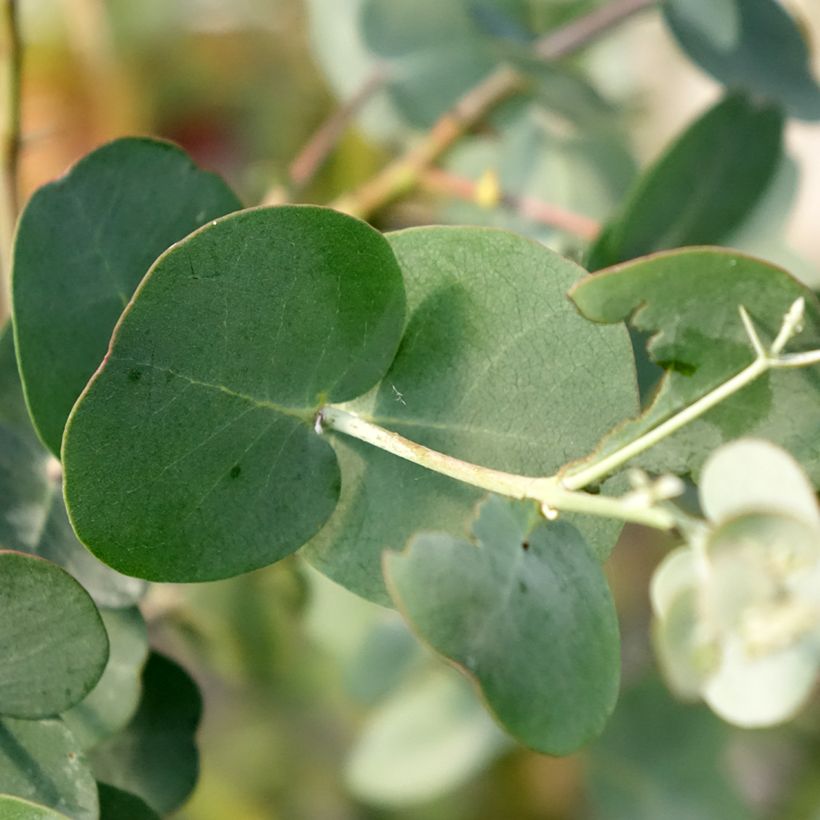

Plant habit
Flowering
Foliage
Botanical data
Eucalyptus
gunnii subsp divaricata
Myrtaceae
miena Cider Gum
Australia
Planting and care
Eucalyptus gunnii subsp. divaricata is best planted at the beginning of spring in a mild and humid climate, at the beginning of autumn in a dry and hot climate, in well-prepared, light and drained soil, and a very sunny situation. Clay or loamy soils are well tolerated, but not limestone ones. A well-established specimen is hardy down to -15 °C (5 °F) under these conditions. Young plants are more sensitive to severe frosts, especially if the frost sets in for several days and the soil is wet. In most regions, you can grow it in the open ground, ensuring good drainage by adding coarse sand, pozzolan or gravel. Then let nature take its course, growth is rapid.
For the first two years, regular watering is necessary, then the bush can do without watering in summer once well established. Fertilizer is not recommended. Pruning is not necessary, but it is well tolerated after flowering or at the end of winter if the stems have frozen. The eucalyptus can be trained into multiple trunks or on a single trunk, by selecting the one that is best placed and cutting all the others flush. It is also possible to coppice this small tree to form a large bush whose height you can limit.
Eucalyptus are useful for drying out wet lands, as they are heavy water consumers even in winter. However, they become quite resistant to drought once well established (depending on the species and varieties).
Young plants are most easily established in the open ground. The extensive and deep root system of the Eucalyptus does not like to be disturbed and it tends to form a "bun" if the plant stays too long in its pot. Choose its location carefully as it will be permanent.
Planting period
Intended location
Care
Planting & care advice
This item has not been reviewed yet - be the first to leave a review about it.
Similar products
Haven't found what you were looking for?
Hardiness is the lowest winter temperature a plant can endure without suffering serious damage or even dying. However, hardiness is affected by location (a sheltered area, such as a patio), protection (winter cover) and soil type (hardiness is improved by well-drained soil).

Photo Sharing Terms & Conditions
In order to encourage gardeners to interact and share their experiences, Promesse de fleurs offers various media enabling content to be uploaded onto its Site - in particular via the ‘Photo sharing’ module.
The User agrees to refrain from:
- Posting any content that is illegal, prejudicial, insulting, racist, inciteful to hatred, revisionist, contrary to public decency, that infringes on privacy or on the privacy rights of third parties, in particular the publicity rights of persons and goods, intellectual property rights, or the right to privacy.
- Submitting content on behalf of a third party;
- Impersonate the identity of a third party and/or publish any personal information about a third party;
In general, the User undertakes to refrain from any unethical behaviour.
All Content (in particular text, comments, files, images, photos, videos, creative works, etc.), which may be subject to property or intellectual property rights, image or other private rights, shall remain the property of the User, subject to the limited rights granted by the terms of the licence granted by Promesse de fleurs as stated below. Users are at liberty to publish or not to publish such Content on the Site, notably via the ‘Photo Sharing’ facility, and accept that this Content shall be made public and freely accessible, notably on the Internet.
Users further acknowledge, undertake to have ,and guarantee that they hold all necessary rights and permissions to publish such material on the Site, in particular with regard to the legislation in force pertaining to any privacy, property, intellectual property, image, or contractual rights, or rights of any other nature. By publishing such Content on the Site, Users acknowledge accepting full liability as publishers of the Content within the meaning of the law, and grant Promesse de fleurs, free of charge, an inclusive, worldwide licence for the said Content for the entire duration of its publication, including all reproduction, representation, up/downloading, displaying, performing, transmission, and storage rights.
Users also grant permission for their name to be linked to the Content and accept that this link may not always be made available.
By engaging in posting material, Users consent to their Content becoming automatically accessible on the Internet, in particular on other sites and/or blogs and/or web pages of the Promesse de fleurs site, including in particular social pages and the Promesse de fleurs catalogue.
Users may secure the removal of entrusted content free of charge by issuing a simple request via our contact form.
The flowering period indicated on our website applies to countries and regions located in USDA zone 8 (France, the United Kingdom, Ireland, the Netherlands, etc.)
It will vary according to where you live:
- In zones 9 to 10 (Italy, Spain, Greece, etc.), flowering will occur about 2 to 4 weeks earlier.
- In zones 6 to 7 (Germany, Poland, Slovenia, and lower mountainous regions), flowering will be delayed by 2 to 3 weeks.
- In zone 5 (Central Europe, Scandinavia), blooming will be delayed by 3 to 5 weeks.
In temperate climates, pruning of spring-flowering shrubs (forsythia, spireas, etc.) should be done just after flowering.
Pruning of summer-flowering shrubs (Indian Lilac, Perovskia, etc.) can be done in winter or spring.
In cold regions as well as with frost-sensitive plants, avoid pruning too early when severe frosts may still occur.
The planting period indicated on our website applies to countries and regions located in USDA zone 8 (France, United Kingdom, Ireland, Netherlands).
It will vary according to where you live:
- In Mediterranean zones (Marseille, Madrid, Milan, etc.), autumn and winter are the best planting periods.
- In continental zones (Strasbourg, Munich, Vienna, etc.), delay planting by 2 to 3 weeks in spring and bring it forward by 2 to 4 weeks in autumn.
- In mountainous regions (the Alps, Pyrenees, Carpathians, etc.), it is best to plant in late spring (May-June) or late summer (August-September).
The harvesting period indicated on our website applies to countries and regions in USDA zone 8 (France, England, Ireland, the Netherlands).
In colder areas (Scandinavia, Poland, Austria...) fruit and vegetable harvests are likely to be delayed by 3-4 weeks.
In warmer areas (Italy, Spain, Greece, etc.), harvesting will probably take place earlier, depending on weather conditions.
The sowing periods indicated on our website apply to countries and regions within USDA Zone 8 (France, UK, Ireland, Netherlands).
In colder areas (Scandinavia, Poland, Austria...), delay any outdoor sowing by 3-4 weeks, or sow under glass.
In warmer climes (Italy, Spain, Greece, etc.), bring outdoor sowing forward by a few weeks.






























